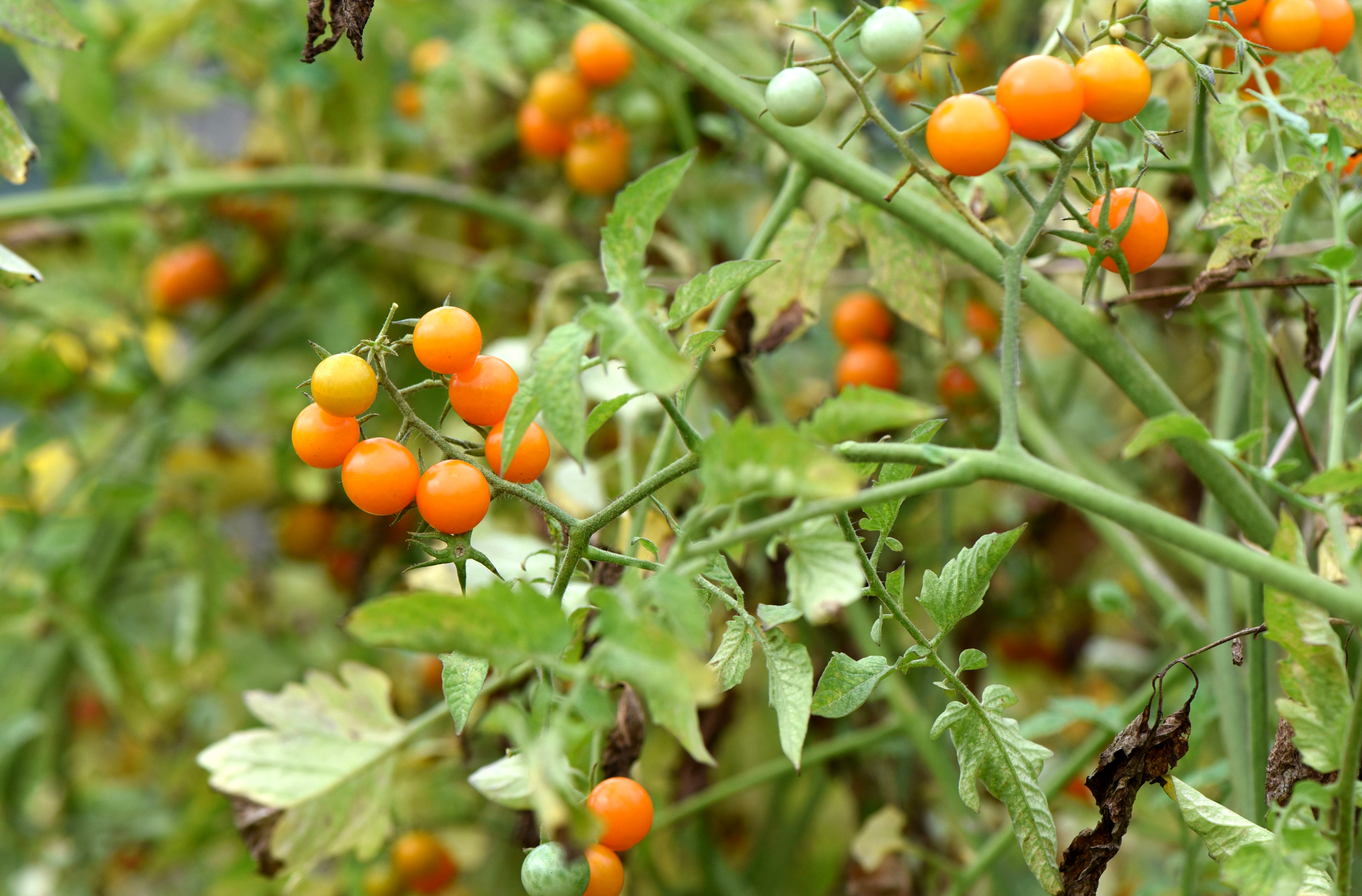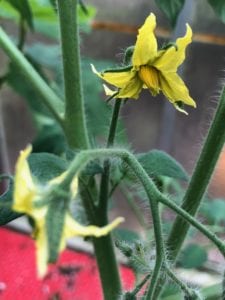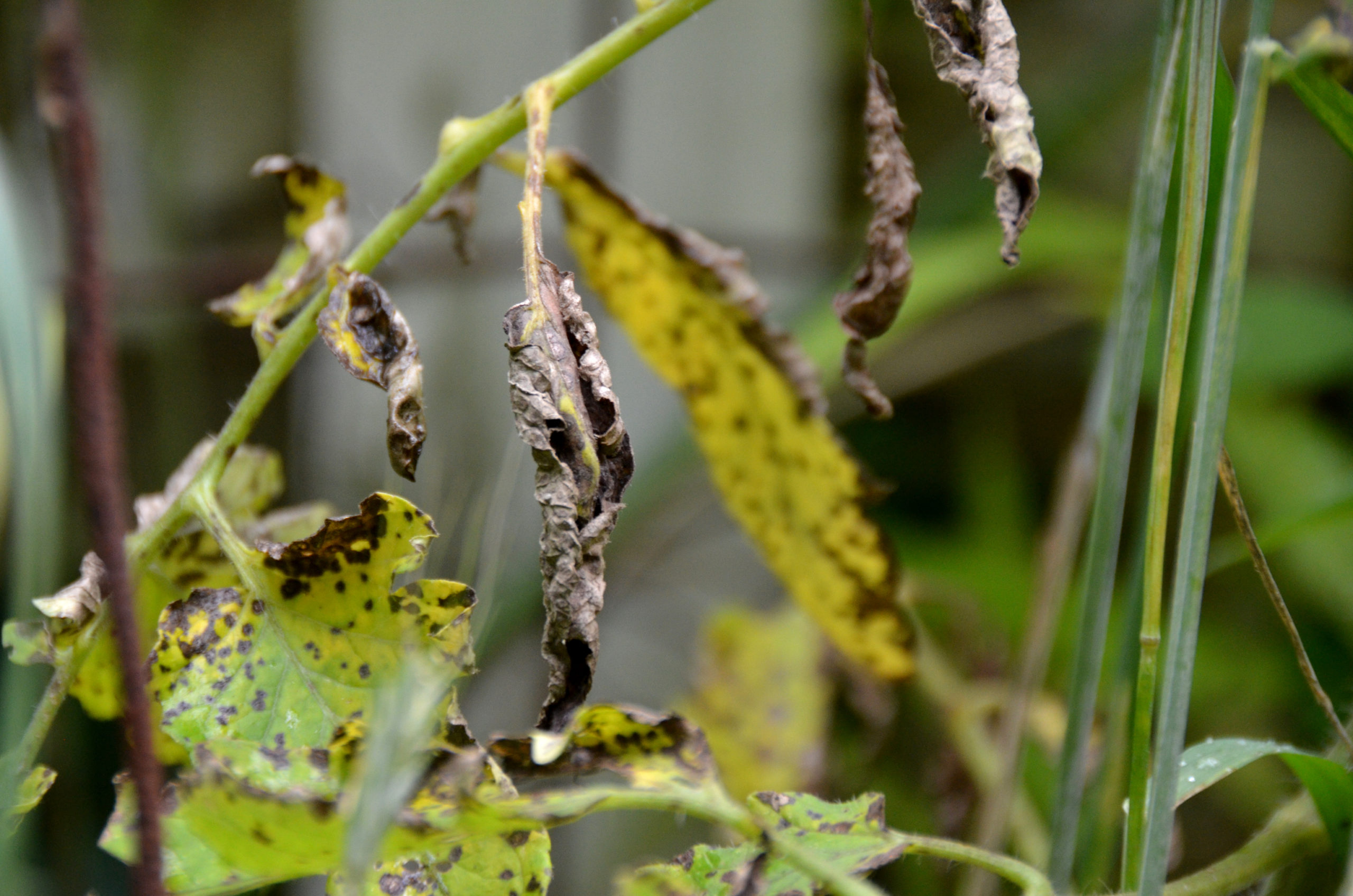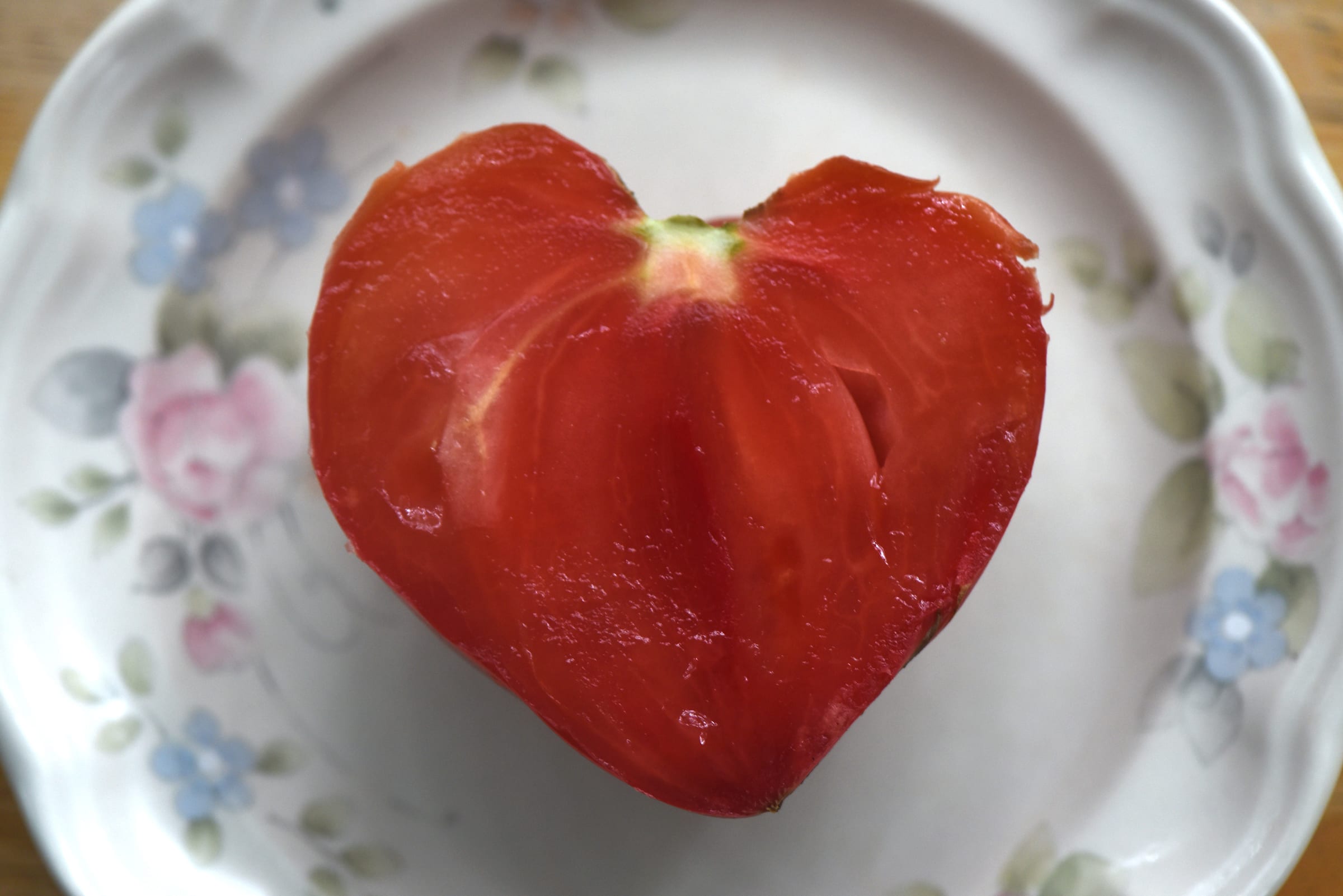
Gardening Green with Doug: How to Harvest the First Tomatoes of the Season
by Doug Oster
May 20, 2020
With three consecutive wet seasons, gardeners have struggled with growing tomatoes free of fungal diseases. For most of us, there’s nothing more important than harvesting lots of homegrown tomatoes and as soon as possible.
This season my tomato journey began about six weeks ago on a visit to Chapon’s Greenhouse in search of plants to use for a television appearance on KDKA’s Pittsburgh Today Live. I was shooting a video about making terrariums with kids during the pandemic. While I was there, I couldn’t resist buying a small ‘Early Girl’ tomato plant, which could live in my unheated greenhouse until the third week of May. Some might call it cheating, but gardeners have been trying all sorts of schemes to harvest tomatoes as early as possible. Whether it’s early seed starting, soil warming, cold frames, plastic protection or all of the above.
The plant was potted up a few times, is now three feet tall and filled with blossoms, I have high hopes of picking the first tomato in the neighborhood (and bragging about it).

This weekend is the beginning of tomato planting season, the plant is the number one vegetable for home gardens. It’s just the beginning because I’m leaving room in my garden to continue planting tomatoes through mid-summer.
It’s called succession planting and it’s the number one technique I use to beat the fungal issues plaguing tomatoes, especially during wet seasons like we’ve been experiencing.
The seedlings planted now are still being pushed into the soil a little sooner than they would like as the earth is cool and the night air crisp.
The soil should be amended with good organic matter like compost before the plants go in the ground. When plants like tomatoes get the nutrients they need, they outgrow many pests and diseases. Never skimp on soil preparation. Time spent improving the dirt in the garden, is the most important aspect of having the so called “green thumb.”
Mulch is immediately applied to the soil around the plant, but should never touch the stem of the seedling. This will slow down or stop soil borne fungal spores from splashing up on the bottom leaves. During a cool, rainy spring, the fungal spores can enter the plants system after reaching the lowest leaves. Fungal diseases show up about a month later with browning and yellowing bottom leaves. Early blight or septoria leaf spot look similar and rarely kill the plant, but slow it down. Even though mulch cools the soil, covering those spores is more important in my opinion than warming the soil. Most of my tomato beds were either covered in some type of plastic to increase the temperature of the dirt before planting.
After mulching, remove some bottom leaves from the plant to create more distance between those fungal spores and the foliage. It’s also important to give the plants plenty of room, planting on three-foot centers at a minimum, hopefully five feet in between plants.
Most tomatoes need support via stages, cages or some kind of trellis. Forget those little cages you see at the box stores; your plant will outgrow them in about a month. I use cages made from concrete reinforcing wire. It’s sold in a roll are cut into five to six-foot lengths with lineman’s pliers. The ends are wired together to form a five-foot tall circular cage. Each cage is put over the newly planted seedling and gets a tomato stake to keep it in place as the vines grow. The plant will easily overtake even the top of this cage by the end of the season.

For the next several weeks more tomato plants are added. Even though we’ve been taught tomatoes must be planted as early as possible to be able to be harvested by the end of the year, the warmer soil and air temperature will have them growing quickly, with less chance for disease, the later they are planted. The last planting in my garden is on July 4th. An early variety like ‘Early Girl,’ ‘Sungold,’ ‘Fourth of July, ‘Stupice’ and any other variety bred for the earliest harvest will work.
Another important aspect of growing the healthiest tomatoes is choosing many different varieties as each reacts differently to fungal diseases.
It’s easier to plant all your tomatoes on the same day, but by extending the planting season, it can mean healthier plants and more fruit and every gardener wants that.
Some of Doug’s Favorite Tomato Varieties:
- ‘Early Girl’- In a garden trial of 50 different early varieties, this old-fashioned favorite was the winner.
- ‘Sungold’- My wife’s favorite tomato. That means it’s important this little, sweet orange cherry always has a place in the garden. It’s prolific, ready in 47 days but prone to cracking.
- ‘Heart of Italy’- A late, pink meaty oxheart found at Hahn Nursery by my daughter. “Mom would like that one,” she told me, as my wife is Italian. There are lots of different pink oxheart varieties worth a try.
- ‘Cherokee Purple’- Probably the most popular heirloom tomato on the market today. The variety sets reliably in trusses of three with dark reddish tomatoes which have a unique, strong tomato flavor.
- ‘Super Bush’- My favorite container tomato as the fruit is six to eight ounces instead of saladette sized like many container varieties.
- ‘Juliet’- This 1999 All-America Selection is bigger than a grape tomato, smaller than a plum, is disease resistant and is filled with flavor. Only one plant is needed of this prolific variety. The fruit must be fully ripened to get the best taste.
- ‘Limbaugh Legacy Potato Top’- Given to me by the late Fred Limbaugh. I send the seeds out for free annually (since 2000). This big, ugly, meaty, pink tomato is huge at least one to two pounds and has a wonderful old-fashioned flavor.
- ‘3945’- Found on a battlefield during WWII, the history of this tomato is astonishing. It’s a large, meaty orangish tomato.

This video shows how to take cuttings from tomato plants to make more seedlings for the later plantings without having to buy more plants.

Leave A Comment